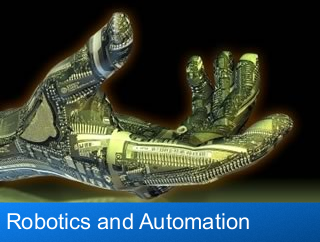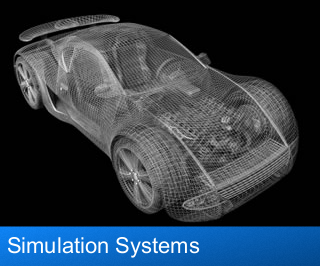As the world transitions towards a more sustainable future, the demand for innovative technologies that can improve energy efficiency and reduce carbon emissions has never been greater. One such technology that has gained traction in recent years is the non-fungible token (NFT). NFTs are unique digital assets that represent ownership or proof of authenticity of a particular item or piece of content. While NFTs have primarily been associated with the art and entertainment industries, their potential applications extend far beyond these sectors. In this article, we will explore the concept of investing in NFTs for smart grid innovations and how this emerging trend can revolutionize the energy sector.
The smart grid refers to a modern electricity distribution network that leverages digital technologies to optimize the generation, transmission, and consumption of electricity. By integrating advanced sensors, meters, and communication systems, smart grids enable real-time monitoring, control, and optimization of energy flow. This results in improved reliability, efficiency, and sustainability of the electric grid, benefiting both utilities and consumers. However, the transition to a fully functioning smart grid requires substantial investment in infrastructure and technology upgrades.
This is where NFTs can play a crucial role in financing smart grid innovations. By tokenizing energy assets, such as solar panels, wind turbines, battery storage systems, and electric vehicle charging stations, utilities and renewable energy developers can unlock new sources of capital and attract investment from a broader range of investors. NFTs provide a transparent and secure way to fractionalize ownership of renewable energy assets, allowing individuals to invest in clean energy projects and earn returns based on the energy produced.
Moreover, NFTs can facilitate peer-to-peer trading of energy between prosumers (consumers who also produce their own energy) and contribute to the decentralization of the energy market. Through blockchain technology, which underpins NFT transactions, energy transactions can be recorded on a secure and immutable ledger, ensuring transparency and trust between all parties involved. This opens up opportunities for new business models, such as peer-to-peer energy trading platforms, energy cooperatives, and virtual power plants.
In addition to financing and trading energy assets, NFTs can also be used to incentivize energy conservation and promote sustainable behaviors. By minting energy-saving NFTs that represent verifiable reductions in energy consumption, utilities can reward customers for adopting energy-efficient practices, such as using smart appliances, improving insulation, or participating in demand response programs. These energy-saving NFTs can be redeemed for discounts on energy bills, gift cards, or even exclusive access to renewable energy projects.
Furthermore, NFTs can enhance the transparency and traceability of renewable energy certificates (RECs), which are tradable credits that represent the Anex System environmental attributes of one megawatt-hour of renewable energy generation. By tokenizing RECs as NFTs, renewable energy producers can ensure the authenticity and integrity of their green energy claims, thereby boosting consumer confidence and driving demand for clean power. This can help accelerate the transition to a low-carbon economy and combat climate change.
While the potential benefits of investing in NFTs for smart grid innovations are promising, there are also challenges and risks that need to be addressed. One of the key concerns is the environmental impact of blockchain technology, which is the underlying infrastructure for NFTs. The energy-intensive process of mining cryptocurrencies, such as Bitcoin and Ethereum, has raised concerns about the carbon footprint of blockchain networks. However, there are efforts underway to develop more sustainable blockchain solutions, such as proof-of-stake consensus mechanisms and energy-efficient protocols.
Another challenge is the regulatory uncertainty surrounding NFTs and their application in the energy sector. Given the evolving nature of blockchain technology and digital assets, policymakers and regulators are still grappling with how to classify and oversee NFT transactions, particularly in relation to energy investments and trading. Clear and consistent regulations will be crucial to ensure the integrity and security of NFT transactions and protect investors from fraud or misuse of funds.
In conclusion, investing in NFTs for smart grid innovations has the potential to revolutionize the energy sector and accelerate the transition to a more sustainable and resilient energy system. By tokenizing energy assets, incentivizing energy conservation, and enhancing the transparency of renewable energy markets, NFTs can unlock new opportunities for financing, trading, and consuming clean energy. While there are challenges and risks to navigate, the long-term benefits of harnessing NFTs for smart grid innovations far outweigh the potential pitfalls. As we continue to explore the intersection of blockchain technology and energy innovation, the possibilities for a greener future are endless.











